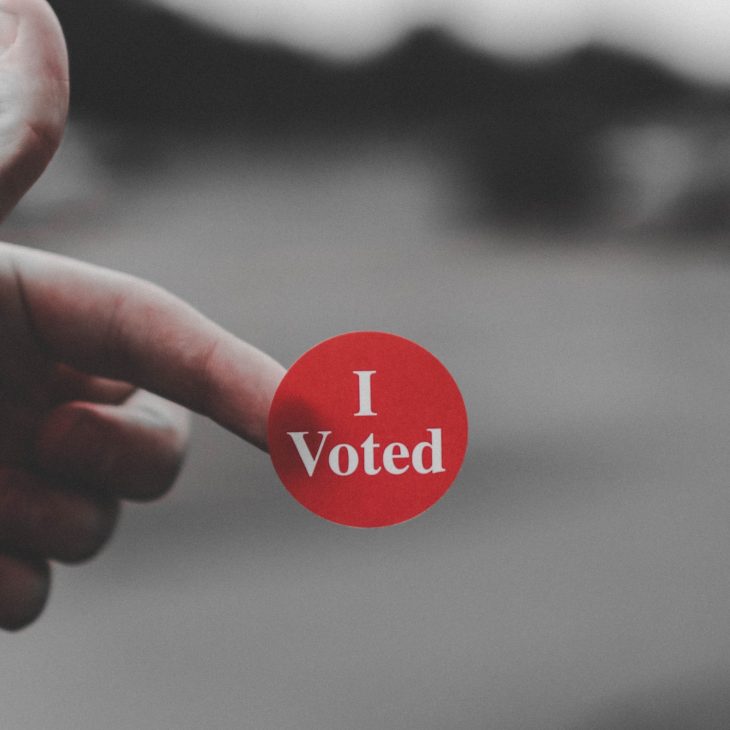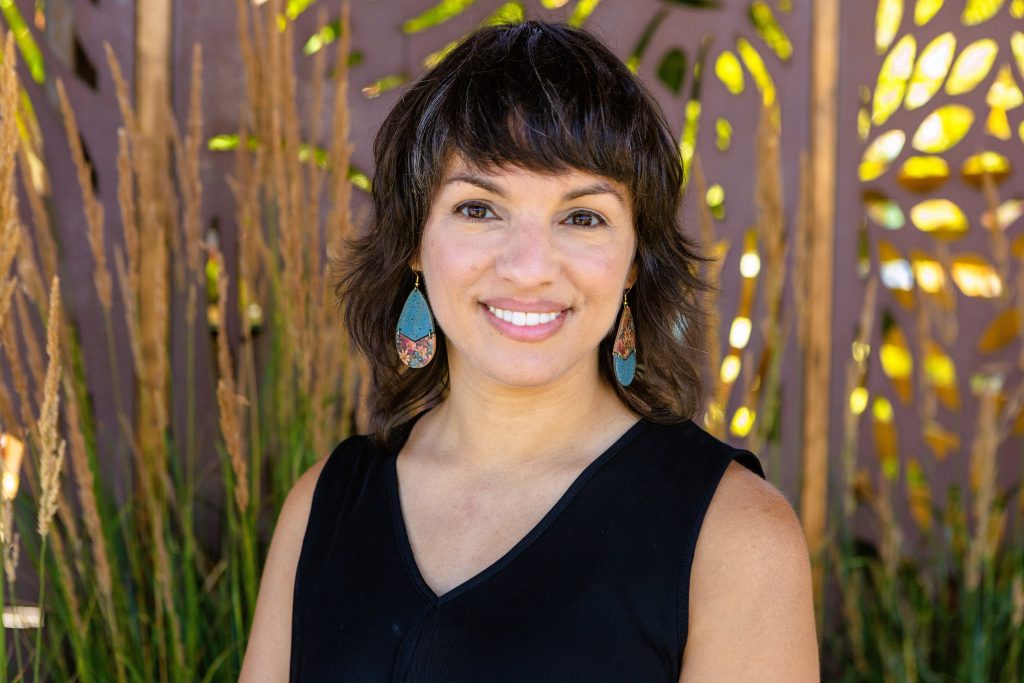Where Are College Students in the 2020 Election?
October 12, 2020

The upcoming presidential election is shaping up to be unusual and highly contentious yet again—and college students are paying attention. The writing was on the wall during the 2018 midterms when voter participation for this demographic group was more than double what it was in 2014. Exit polls at that time suggested students favored Democratic candidates by a margin greater than 2-to-1, and this trend is projected to continue in 2020. According to a report released by the Knight Foundation last month, 71% of college students say they’re planning to vote, and most of them intend to vote for Biden.
These anticipated voting behaviors align with findings from the Interfaith Diversity Experiences and Attitudes Longitudinal Survey (IDEALS), which recently measured various student perceptions and behaviors over four years of college, including attitudes toward different political groups and voting patterns in the last presidential election. IDEALS revealed that first-year students who voted along party lines in the 2016 election cast their ballots largely for the Democratic candidate (52%). Strikingly, 11% of eligible voters represented in IDEALS cast their ballot for a third-party candidate and 18% chose not to vote at all, leaving just 13% who reportedly voted for the Republican party candidate.1
Left-leaning political behaviors among college students are nothing new, and they are particularly unsurprising in this election—the pandemic, race relations, and climate change are front-of-mind for many young adults, and Trump has repeatedly failed to exhibit strong leadership on these issues. But IDEALS offers evidence that college-goers’ antipathy toward the Republican party right now goes beyond platforms and policies. The study found that many students entering college in 2015 had favorable views of conservatives as well as liberals. Forty-two percent of survey respondents reported positive attitudes toward conservatives (58% said the same about their attitudes toward liberals), and that number increased after the first collegiate year.
But around the time that Trump was elected, college student attitudes toward political conservatives started to drop and continued on a downward trajectory through 2019. Trump’s comportment as president—recently on display during his first debate with Biden—has likely played a role in this steady decline. In the words of New York Times journalists Jonathan Martin and Alexander Burns, the September 29 showdown was nothing less than an “ugly melee,” and post-debate polling suggested that Trump’s behavior was perceived as more egregious than Biden’s: voters in important swing states disapproved of Trump’s debate conduct by a margin of 65% to 25%. His rancor resurfaced in recent days after the Commission on Presidential Debates moved the forthcoming debate online; his refusal to participate virtually ultimately led to the event being canceled.
College students are certainly not opposed to rigorous debate when it comes to ideological differences. In fact, nearly three-quarters (71%) of college seniors reported disagreeing with a friend over politics in the final administration of IDEALS. However, nearly all of them (65%) remained friends after those disagreements, signaling both a desire to bridge divides and an aptitude to navigate ideological differences effectively. Last week, Trump failed to demonstrate any interest in doing the same, and college students were put off by the barrage of personal attacks and interruptions that distracted from the substance they tuned in to hear. A Bowling Green State University student summed it up when she remarked, “This is just not okay.”
While it appears that conservatives are suffering most in terms of losing young voters at this moment, findings from the Knight Foundation report remind us that college-goers’ “enthusiasm is low for both major candidates and their parties.” And students are keenly aware that Biden, too, played a role in unraveling the first presidential debate of 2020. The takeaway here is thus applicable to both parties—the next generation of voters want political leaders who value, rather than disparage, diverse perspectives.
Share
Related Articles
American Civic Life
Higher Education
Higher Education
They desire a healthy exchange of ideas rather than vitriolic displays that would not be tolerated in most college classrooms. If Trump had leaned into these standards during his presidency, perhaps college students—who in 2015 showed signs of openness toward people across the political spectrum—would have a higher regard for conservatives today. And if Trump had not dictated the tenor of the current presidential contest, maybe these students—many of whom are just beginning their lifelong journey of civic participation—would be exercising their right to vote in 2020 with enthusiasm rather than disdain.
They desire a healthy exchange of ideas rather than vitriolic displays that would not be tolerated in most college classrooms. If Trump had leaned into these standards during his presidency, perhaps college students—who in 2015 showed signs of openness toward people across the political spectrum—would have a higher regard for conservatives today. And if Trump had not dictated the tenor of the current presidential contest, maybe these students—many of whom are just beginning their lifelong journey of civic participation—would be exercising their right to vote in 2020 with enthusiasm rather than disdain.
The 2020 presidential candidates have done little so far to gain the respect of college-goers, who “constitute a formidable voting bloc” in the upcoming election. This bloc is setting a higher bar for engaging ideological diversity in our country, and when it comes to winning them over the path forward is clear. The question that remains is whether our leaders have the foresight and fortitude to follow it.



